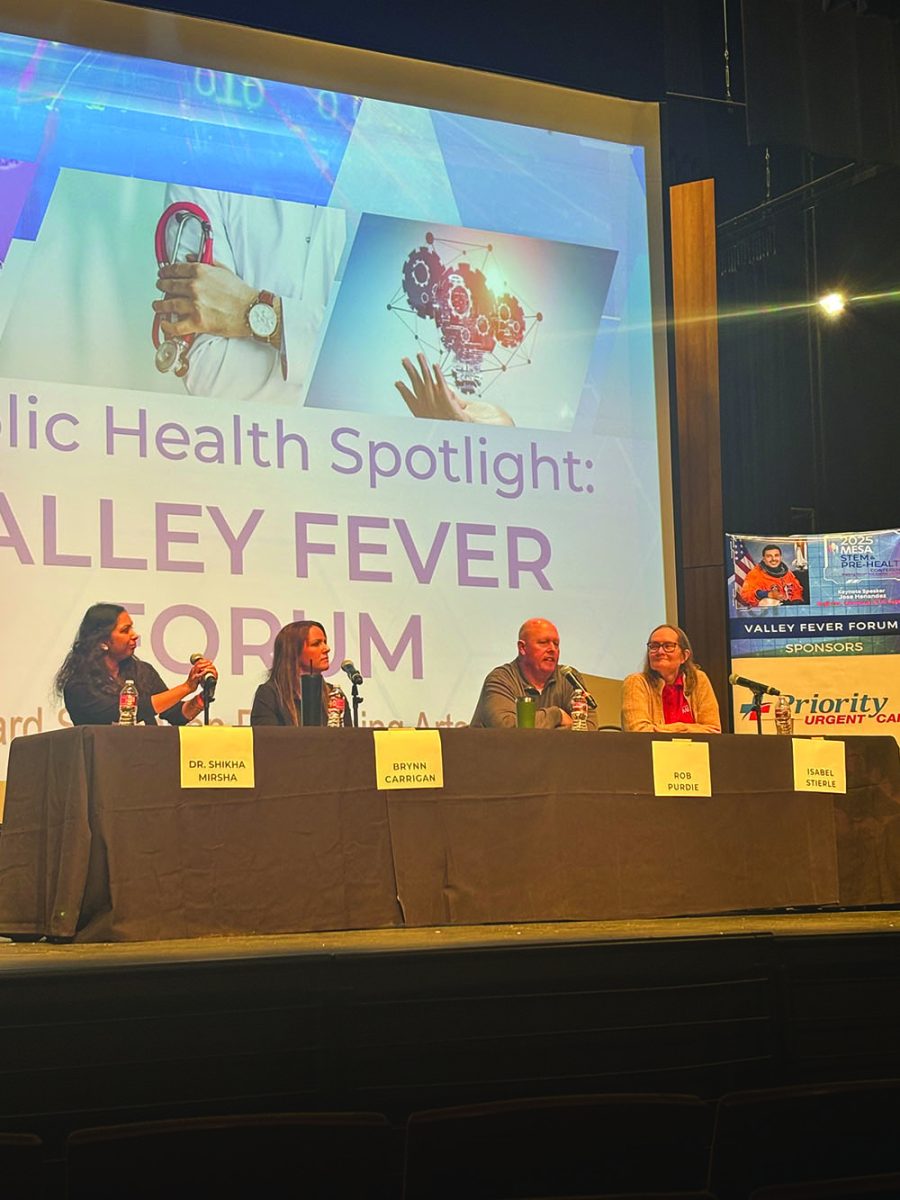How’s the Central Valley handling the pandemic webinar
September 26, 2020
On Sept. 22, Bakersfield College hosted a Public Health webinar that focused on how the Central Valley is dealing with the pandemic.
Bakersfield College president, Dr. Sonya Christian stated, “Poverty is one of the fundamental causes of these health inequities across the Central Valley.” Which led to an overview of the topics being focused upon, such as the vulnerable populations and the acts of contact tracing in the Central Valley.
In the presentation, many of the panelist talked about the vulnerable population.
Dr. Nancy Burke, a professor of anthropology and public health at UC Merced, explained that “the 8 counties in the in the San Joaquin Valley rank among the lowest in California in both health outcomes, including mortality and morbidity, and the factors that contribute to health, social and economic factors, physical environment, and as we have been reminded of most recently with the air quality from forest fires, exposures to no great air.” She explained how the Central Valley is considered a vulnerable population. “Over 64,000 cases in the region, including over 800 deaths, are among almost 800,000 cases in California.”
Vulnerable groups are Hispanic and non-Hispanic black individuals, essential workers, caregivers, young people, and individuals being treated for mental health pre-COVID, according to the presentation presented by Dr. Sidra J. Goldman- Mellor, a Public Health assistant professor at UC Merced.
“The pandemic can be considered a traumatic event,” she explained. Economic and social adversity people are struggling with mental health even before the pandemic started.
Based on the study that was conducted in June 2020, Dr. Goldman-Mellor explained that a quarter of the population reported suffering from an anxiety disorder, around the same have reported depressive disorder, 13 percent reported increasing substance use age, and around ten percent of the US population reported consideration of suicide. She also compared it to a study done before COVID and showed how the results of the US populations mental health increased during the pandemic.
Dr. Goldman-Mellor then went on to describe the study she is involved in called CLIMA. The study focuses on the Hispanic community in the San Joaquin Valley to understand their vulnerability during the pandemic. “What we are seeing in these interviews is that the pandemic, of course, has dramatically increased their vulnerability,” Goldman stated. They are dealing with income loss, job loss, many of them are having to choose between their physical safety and bring a paycheck home to support their families.”
Dr. Charles Daramola a Public Healy professor at BC went into detail about the process of contact tracing during COVID. “Contact tracing is an essential tool in fighting the spread of an infectious disease,” Dr. Daramola said. “It is also one of the building blocks of any public health response.”
Dr. Daramola explained a program started in May by governor Newsom that helped train 10,000 contact tracers to help slowly reopen California.
However, he explained that there are many difficulties when contacting the public that may have contacted COVID. “Many are fearful and embarrassed when they are contacted by a contact tracer,” Dr. Daramola stated. “They are concerned that they have to quarantine and therefore can’t work, and if they can’t work then they lose their paycheck.”
To help solve these difficulties, there need to be more partnerships with trusted organizations to develop contact tracers, Dr. Daramola explained. “If someone lives in community x and is contacted by a contact tracer who lives in community x or comes from a local church or comes from a nonprofit that’s respected, they are more likely to get a response.”





